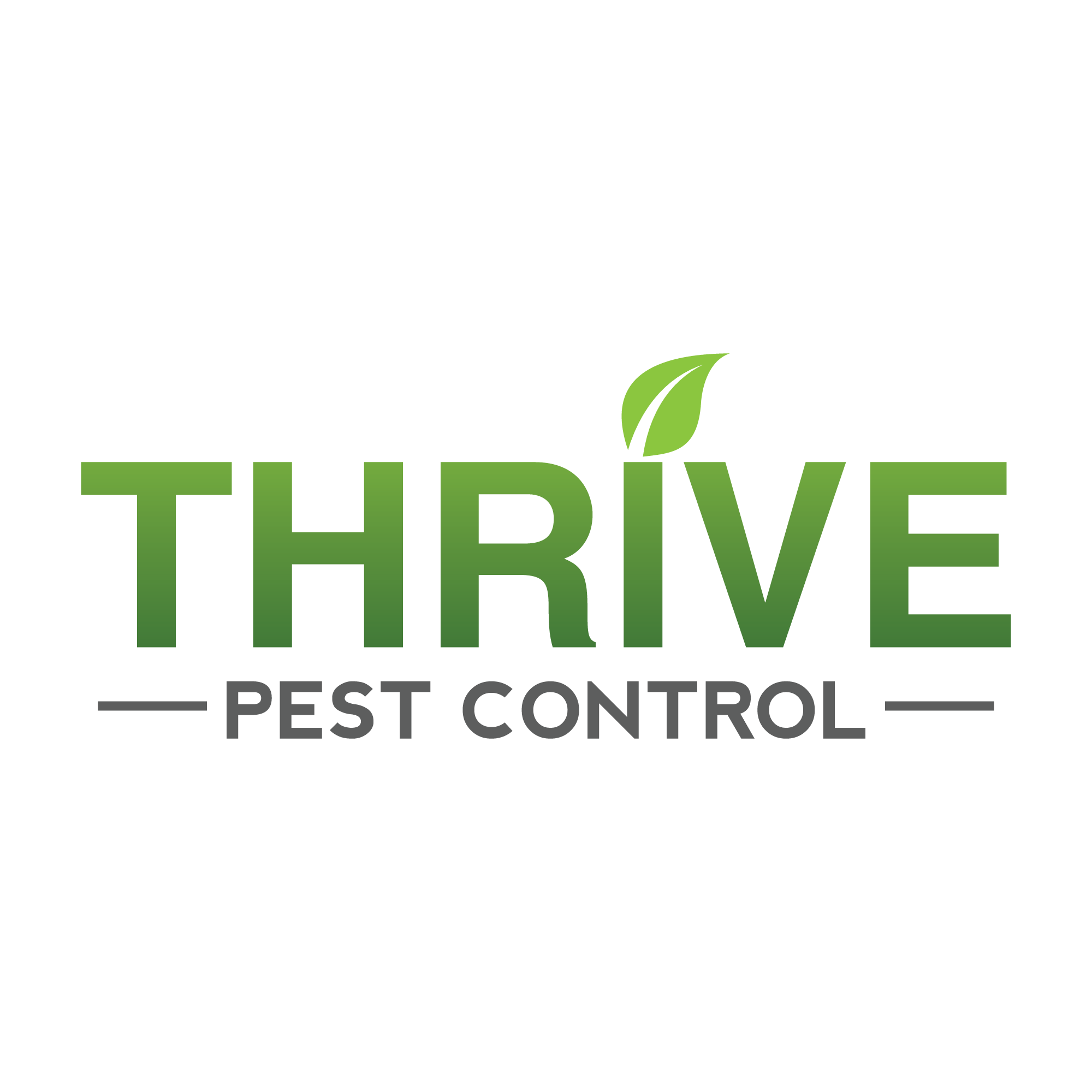What’s the difference between yellow jackets and Wasps? — Li’s student essay
What’s The Difference Between Yellow Jackets and wasps?
Wasp and hornet stings can pose a serious threat to the public. Their stings can cause allergic reactions and can result in deadly consequences. In 2018, they contributed to 225,000 emergency room visits and as many as 100 deaths. Therefore, it’s important to understand their behavioral trait and identify the type of threat it can impose. Wasp is a general classification of insects that its members can vary in danger level. Specifically, I’ll analyze the difference between yellow jackets and wasps.
Yellowjackets and wasps can look incredibly similar to the human eye. In fact, they belong in the same classification: Hymenoptera. In the scientific order, there are over 150,000 individual species. In particular, yellow jackets are part of a group known as wasps. The relationship between them is similar to the theory: all squares are rectangles, but not all rectangles are squares. The difference between yellow jackets and wasp can be categorized by anatomy, behavior, and content of their nest.
First, yellow jackets are one of the most common insects throughout North America. The general appearance highly resembles a bee: by the shape and color. As a type of wasp, yellow jackets are larger in size and have glossy, bright yellow and black bands around their bodies.
Other wasps like hornets and paper wasps (the bigger of the population) have a different appearance. Wasps, like hornets, are twice the size of yellow jackets. However, paper wasps have thinner waists and longer bodies than yellow jackets.

Second, paper wasps, hornets, and yellow jackets are social wasp; therefore, they form colonies.Wasps are far more aggressive compared to bees and would attack humans in close distance. Yellow jackets are quick to react to any possible threats that can harm their nest or the pupae and larvae within. Because it is a ground nesting wasp, people are more likely to encounter their nest; which causes the likelihood of getting stung. Yellow jackets are the most dangerous stinging insect in the United States. They have unpredictable behavior and stings if their nest is disturbed. Moreover, a yellow jacket can sting multiple times. They are also more attracted to garbage and human food. It is quite often to see them gather around sugary liquids and rotting materials.
On the other side of the spectrum, paper wasps are nonaggressive and only acts on self-defense. In fact, Entomologists would recommend leaving paper wasps’ nests alone.

Third, a huge distinction between yellow jackets and other wasps is their nest location. Yellow jackets are generally built-in holes in the group. They often nest underground in rodent burrows. As summer continues, the colony would grow to thousands that will defend their nest from outside intruders. Some colonies could contain up to 15,000 individual yellow jackets. Yellow jacket colonies and nests tend to be much larger than paper wasp. Paper wasp colonies usually consist of 20 to 75 adult wasps. Paper wasps and hornets nest aboveground. Hornets and paper wasps build aerial nests; the nest embodies a globular structure made of wood pulp and is attached by a tiny stem.
In conclusion, wasps can have their differences within. Health professionals recommend hypersensitivity testing and desensitization programs to those who experience an immediate systemic reaction to an insect sting. As a result, understanding the difference can aid in emergency situations.
Author: Brighton Lee
Rose-Hulman Institute of Technology

Student Scholarships
Every year Thrive Pest Control hosts an essay contest and the reward is a 1-year scholarship at a 4-year university in the United States. This blog post is one of those scholarships.

Which spiders in the U.S. are venomous? — Gabriela’s Student Essay
Which Spiders in The U.S Are Venomous? There are three popular and known poisonous spiders in the United States – the black widow, the hobo,

Signs of raccoons terrorizing your home — Denver’s student essay
Signs of Raccoons Terrorizing Your Home “What’s that scratching noise I’m hearing in my attic?” “Why are my garbage bins knocked down every morning?” “Where

Will Pest Control Get Rid of Spiders — Joe’s student essay
Will Pest Control Get Rid of Spiders? When asked if pest control gets rid of spiders most people’s immediate answer would be, “I don’t know,

Where does pest control spray in apartments — Sarahi’s student essay
Where Does Pest Control Spray In Apartments? When the situation involves bugs, rodents, and even insects, there can be a variety of places where pest

Where does pest control spray in apartments — Aidan’s student essay
Where Does Pest Control Spray In Apartments? The home exists as a place of comfort and safety. The best option for financially independent young adults

Where does pest control spray in apartments — Elsie’s student essay
Where Does Pest Control Spray In Apartments? Where does pest control spray in apartments? Does pest control spray the whole apartment complex or only the

